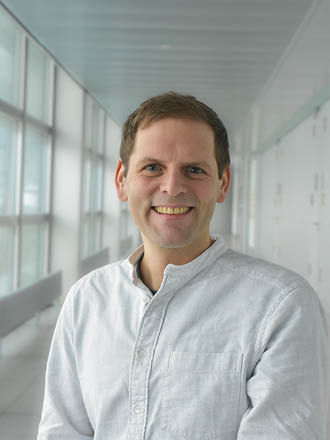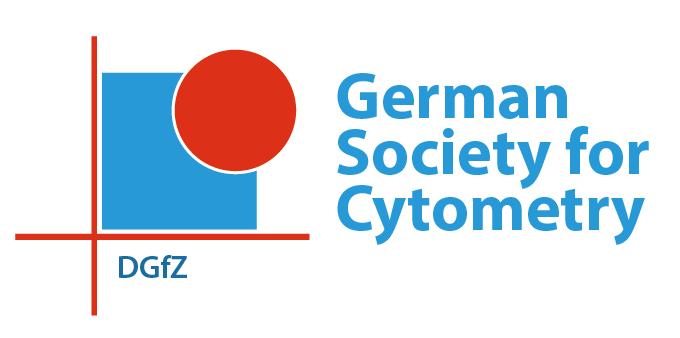Endosymbiosis to Nanobiotechnology Session
Thursday, 12.09.2024, 9:00 am
Chairs: Christin Koch, Lisa Budzinski, Wolfgang Fritzsche
The session will highlight innovative approaches and applications contributing to biosensor development and the understanding of single cell interactions.
Biosensors provide cost-effective, easy-to-use, sensitive and highly accurate detection devices for biomolecules of interest in a variety of research and commercial applications such as clinical research, diagnostics or bioprocess monitoring. The session will present the potential, developments and implementation approaches of carbon 2D materials e. g. graphen.
Further, this session will introduce Fluidic Force Microscopy which enables to manipulate cells with single cell resolution and has already successfully been applied to biological systems. As an example, it will be demonstrated how artificial endosymbiosis can be established in fungal cells based on a fluidic force microscope followed by characterisation of the fungal cells on single cell level.
The session will be complemented by short talks in the field of microbiology and nanotechnology, to explore the different facets of cutting edge technologies and developments in the nano- and micrometer range.

Andrey Turchanin
Institut für Physikalische Chemie, Friedrich-Schiller-Universität Jena
Two-dimensional (2D) carbon materials for ultrasensitive detections of biomarkers
Carbon based 2D materials like graphene – hexagonally ordered monolayer of carbon atoms – or molecular carbon nanomembranes (CNMs) – 1 nm thick molecular nanosheets – open broad avenues for applications in nanobiotechnology including the assembly of protein biochips, structural studies of biomolecules and ultrasensitive detection of biomarkers. In this talk, I will give an overview of the most relevant properties of these materials for highly sensitive, rapid and selective detection of biomarkers as well as challenges and prospects with their integration into clinical research and diagnostics. I will present our resent progress on implementation of 2D carbon materials in sensors functioning either on optical readout, related to the surface plasmon resonance (SPR) phenomena, or on electrical readout, based on measurements of the field-effect transistors (FETs). By studying such pathogens like RSV and SARS-CoV-2, it will be demonstrated that 2D carbon materials enable to achieve very high sensitivity in detection of the related biomarkers. In case of the SPR-based sensors the limit of detection is found to be in the range ~1 pM, and in case of the FET-based sensors it is even 5 orders of magnitude better ~10 aM. Moreover, I will discuss development of the microscopic sensor arrays capable to simultaneous and rapid (~1-10 min) screening of more than 100 biomarkers using small sample volumes and without any need for bioamplification.
Biosketch
Andrey Turchanin is professor of Physical Chemistry at the Friedrich Schiller University Jena, Germany. He studied physics and materials science at the National University of Science and Technology, Moscow (Ph.D. 1999). In 2000 he moved to the Karlsruhe Institute of Technology with an Alexander von Humboldt Fellowship. 2004-2014 he joined the Faculty of Physics at the University of Bielefeld where he completed his habilitation in experimental physics in 2010. In 2012 Turchanin became a Heisenberg Fellow of the German Research Foundation (Solid State Physics) and in 2014 a full professor at the Friedrich Schiller University Jena. His current research interests are nanoscience and nanotechnology with a particular focus on 2D materials.

Thomas Gassler
Institute of Microbiology, ETH Zurich
Inducing Novel Endosymbioses by Bacterial Implantation into Fungi
Microbial endosymbioses have had a profound impact on the evolution of life. The endosymbiosis-mediated acquisition of aerobic respiration and photosynthesis, resulting in mitochondria and chloroplasts, respectively, are prominent examples. However, understanding the requirements and mechanisms for endosymbiogenesis is challenging. By combining atomic force microscopy, optical microscopy, and nanofluidics, we developed a FluidFM-based method to extract, inject, and transplant organelles and bacteria directly into living cells. This method enables us to track artificially induced endosymbiosis in the widespread filamentous fungus Rhizopus microsporus. FluidFM-based injections of bacteria into R. microsporus, followed by FACS-mediated positive selection, allowed to introduce endosymbionts into this novel fungal host. We showed that the transplanted bacterium can be vertically transmitted across host generations and can be selected for. Adaptive laboratory evolution mitigated initially observed compromised host fitness and stabilized the endosymbiosis. Genetic and transcriptomic analyses shed light on the dynamics and fitness constraints during early endosymbiogenesis. Overall, our findings could improve the understanding of the balance between mutualism and antagonism in early endosymbiogenesis and help to study cost-benefit trade-offs.
Biosketch
Thomas Gassler earned his PhD at the University of Natural Resources and Life Sciences Vienna, focusing on engineering methylotrophic yeast to consume CO2 as sole carbon source. In 2021, he joined the lab of Julia Vorholt at the Institute of Microbiology at ETH Zurich with an ETH postdoctoral fellowship. Since then, the focus of his work has been engineering artificial endosymbiosis. Currently, the lab of Julia Vorholt explores the early stages of endosymbiosis in filamentous fungi, aiming to understand and manipulate these interactions for scientific and environmental benefits.

Name
Affilliation
Abstract

Name
affiliation
Abstract

Name
Affiliation

